How Does Fingerprint Sensors/Scanners Work?
WHAT ARE FINGERPRINT SENSORS? The use of fingerprint detection for identification has been around for a few years. In general, fingerprint recognition systems have faster processing times, lower prices, and more consistency than other types of biometric devices.
Fingerprint sensors are sensors that are used in a fingerprint detection device [fingerprint scanners]. These devices are mostly found in fingerprint detecting modules and are used to keep computers safe. The device’s major features include accuracy, superior performance, and resilience, all of which are based on proprietary fingerprint biometric technology.
A fingerprint scanner is a form of technology that uses an individual’s fingerprints to identify and authenticate them in order to permit or refuse access to a computer system or a physical location.
It is a sort of biometric security system that identifies an individual’s fingerprint scans using a combination of hardware and software algorithms.
TYPES OF FINGERPRINT SENSORS/SCANNERS?
An optical scanner uses a strong light to capture a digital snapshot of a fingerprint. The light-sensitive microchip creates a digital image of the fingerprint by seeing the ridges and valleys and then translates the digital image data into binary code. Access is determined by comparing the code of the reference to the code of the finger on the scanner. The digital image can also be artificially replicated and fed to the sensor, though this is a very rare occurrence.
Capacitive fingerprint sensors are the most prevalent scanners; most smartphones employ this technology. An electrostatic field is formed by measuring a finger’s conductivity, just as a capacitive touchscreen and a digital image is generated based on that electrostatic field.
The capacitive fingerprint sensors use tiny capacitor array circuits to track the features of the fingerprint. The conductive plates with fingerprint ridges modify the charge stored in the capacitor. The conductivity of the finger in the sensor is determined by the nonconductive air that fills the valleys of a fingerprint.
Qualcomm’s ultrasonic 3D in-display fingerprint reader is based on the Sense-ID technology. Ultrasonic fingerprint scanners use very high-frequency ultrasonic sound instead of existing photographic or capacitive-based fingerprint scanners. These waves aren’t audible, but they’re utilized to map out the specifics of the user’s fingerprint. Fortunately, unlike top-of-the-line capacitive fingerprint scanners, there’s no need to swipe; simply touch your finger to the sensor.
The thermal scanner conveys temperature variations on the contact surface between fingerprint ridges and valleys, as the name implies. Mobile phones do not make use of this technology. In this form of sensor, we must slide our fingers linearly across the sensor’s thin array. It is modest in size, and finger movement is required for this type of sensor.
HOW FINGERPRINT SENSORS/SCANNERS WORKS
The processing is the most important factor in the fingerprint sensor’s operation. Enrollment and matching are the two fundamental components of fingerprint processing. Every user must place his or her finger twice during fingerprint registration.
So that the system can inspect the finger photos and process them, as well as generate and store a finger pattern. When a user places their finger on an optical sensor, the system creates a pattern of the finger and compares it to the templates in the finger library.
FEATURES OF FINGERPRINT SENSORS?
- It includes image collection as well as chip algorithms.
- The fingerprint reader can perform lesser growth and can be fixed into a range of end products.
- Power use is low, has excellent performance, is small in size, and has less cost.
- Optical technology which is used is professional, and exact module developed techniques.
- The capabilities of image processing are good, and can effectively capture pictures up to 500 dpi resolution.
USES & FUNCTIONS OF FINGERPRINT SENSORS?
Fingerprint sensors/ scanners can be used in all sorts of ways, such as:
- Providing biometric security (for example, to control access to secure areas or systems)
- Identifying amnesia victims and unknown deceased (such as victims of major disasters, if their fingerprints are on file)
- Conducting background checks (including applications for government employment, defense security clearance, concealed weapon permits, etc.)
- Law enforcement and public security (criminal/suspect identification)
- Military (enemy/ally identification)
- Border, travel, and migration control(traveler/migrant/passenger identification)
- Civil identification (citizen/resident/voter identification)
- Healthcare and subsidies (patient/beneficiary/healthcare professional identification)
- Physical and logical access (owner/user/employee/contractor/partner identification)
- Commercial applications (consumer/customer identification)
CONCLUSION
The utilization of fingerprint scanners in consumer-level electronics is still quite new, so we can expect standards and protocols to be established over time. As the technology matures, manufacturers will be able to fine-tune and improve the quality of encryption and data security in order to prevent possible identity theft or misuse with stolen fingerprints.
